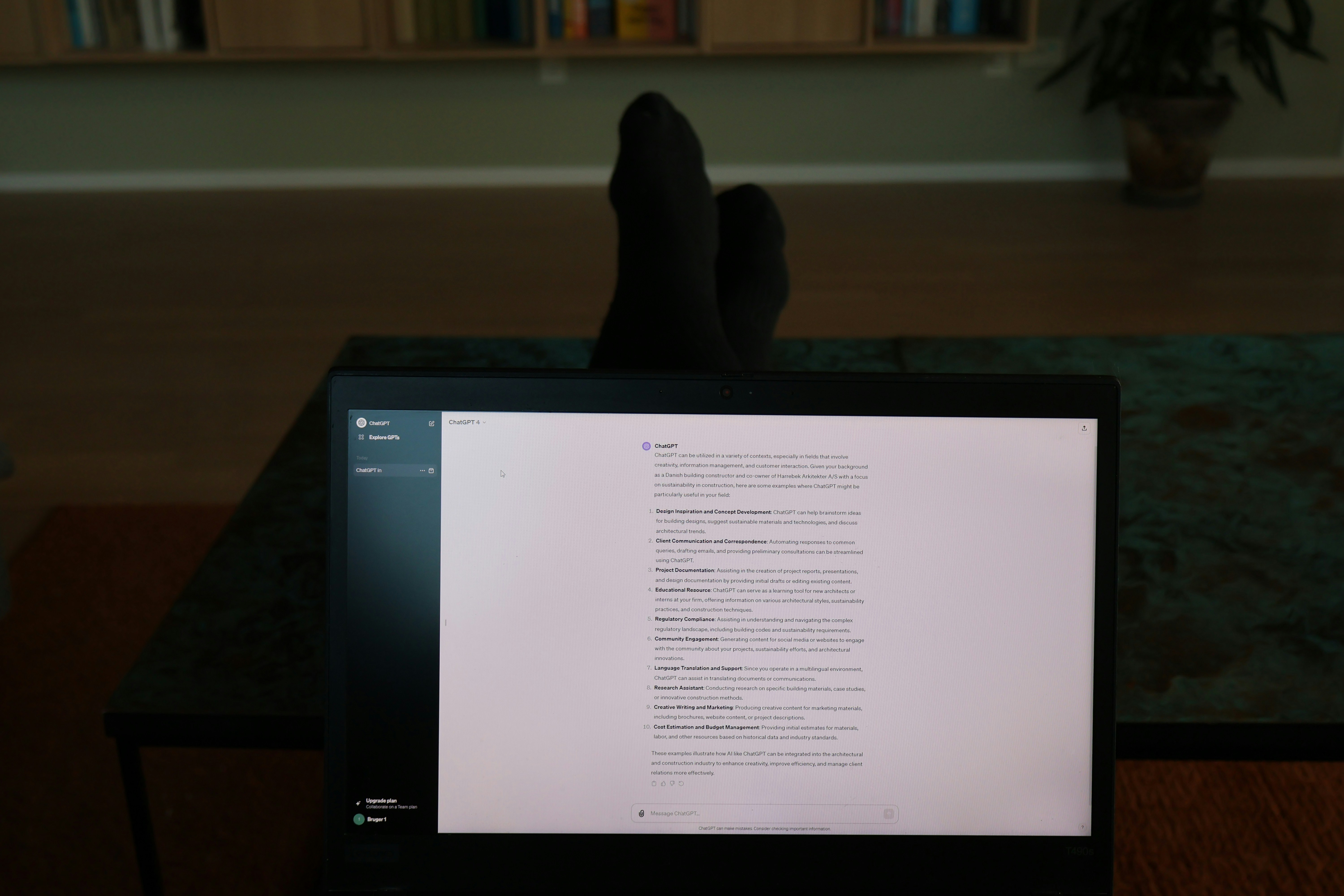AI prompts for recruiters: A Practical Guide for HR Professionals
AI tools have become essential allies for recruiters and HR managers seeking to optimize their hiring processes. This comprehensive guide will show you exactly how to leverage AI to transform every aspect of your recruitment cycle, complete with ready-to-use prompts you can start implementing today.
The Evolution of Recruitment Technology
The days of manually screening resumes and crafting job descriptions from scratch are behind us. Today's recruitment professionals have access to sophisticated AI tools that can automate and enhance every aspect of the hiring process. But where should you begin?
Start by analyzing your current recruitment process with this straightforward prompt to your AI assistant:
"Act as an expert recruitment consultant. I'd like you to analyze our current recruitment process, which includes [list your steps]. Please suggest specific areas where AI can improve efficiency and effectiveness, focusing on time-saving opportunities, quality improvement possibilities, and candidate experience enhancement. Include practical implementation steps for each suggestion."
This initial analysis will help you identify the most impactful areas for AI integration in your workflow.
Streamlining Job Description Creation
Creating compelling job descriptions that attract the right candidates while maintaining inclusive language can be challenging. Here's how to leverage AI effectively:
For creating new job descriptions, simply tell your AI assistant:
"I need a compelling job description for a [Position] role at [Company]. Our company culture emphasizes [values], and we need to highlight these key responsibilities and qualifications: [list them]. Please ensure the language is inclusive and emphasizes our commitment to diversity."
Want to optimize an existing job description? Try this approach:
"Please review and enhance this job description for our [Position]. Focus on removing any biased language, adding missing key responsibilities, updating qualifications, and incorporating these keywords: [list keywords]. Make the tone more engaging while maintaining professionalism."
Pro tip: Always include specific details about your company culture and values to ensure the AI generates truly personalized content.
Advanced Candidate Sourcing Strategies
Finding the right candidates requires sophisticated search strategies. Here's how to use AI to enhance your sourcing:
For technical roles, ask your AI assistant:
"I need a detailed Boolean search string for LinkedIn to find a [Position] with [X] years of experience in [specific technologies], located in [location], with industry experience in [specific sector]."
Looking beyond LinkedIn? Try this prompt:
"Show me the top 10 alternative platforms where I can find candidates for [Position] role, including industry-specific job boards, professional communities, forums, and social media groups. For each platform, explain its main features, best approach for sourcing, and typical candidate demographics."
Candidate Screening
AI can transform how you evaluate candidates. Use these approaches:
For comparing multiple candidates:
"I have [X] candidate resumes for a [Position] role. Please analyze and rank them based on technical skills match (40% weight), experience relevance (30% weight), and cultural fit indicators (30% weight). Provide a detailed breakdown of each candidate's strengths and potential gaps."
Need screening questions? Ask:
"Generate a comprehensive set of screening questions for a [Position] role that will assess technical capabilities, evaluate cultural fit, gauge problem-solving abilities, and determine communication skills. Include scoring criteria for each question."
Enhancing Candidate Engagement
Personalization is key to effective candidate engagement. Here's how to create compelling communications:
For initial outreach:
"I need a personalized outreach message for a candidate with this background [paste profile] for our [Position] role. Reference their specific experience, align with our company values, and include clear next steps. Keep the tone professional but warm."
For rejection emails that maintain relationships:
"Create a compassionate rejection email for a [Position] candidate at the [stage] stage that shows appreciation for their time, provides constructive feedback, keeps the door open for future opportunities, and maintains our positive employer brand."
Modernizing the Interview Process
Prepare for interviews more effectively with these AI prompts:
For behavioral questions:
"I need 10 behavioral interview questions for a [Position] role that assess leadership capabilities, team collaboration, problem-solving skills, and conflict resolution. Include follow-up questions and ideal answer indicators for each question."
For technical assessments:
"Create a technical interview framework for a [Position] that includes core technical questions, practical assessment scenarios, system design challenges, and coding problems if applicable. Include evaluation criteria for each component."
For cultural fit:
"Design interview questions to assess cultural fit with our company values: [list values]. For each value, provide two primary questions, two follow-up questions, and red and green flags to watch for."
Measuring Success and Optimization
Use data to improve your recruitment process:
For metrics analysis: "Analyze these recruitment metrics: [insert metrics]. Provide insights on areas of improvement, industry benchmarks, recommended actions, and prediction of future trends."
For process optimization: "Review our recruitment funnel data: [insert data]. Identify major bottlenecks, drop-off points, efficiency opportunities, and suggested improvements with expected impact."
Implementation Guide
Ready to get started? Begin with this comprehensive prompt:
"Help me create a 30-day plan to implement AI tools in our recruitment process. Our current tools include [list tools]. Focus on quick wins, team training needs, success metrics, and risk mitigation strategies."
For a more advanced approach:
"Create a comprehensive change management plan for implementing AI recruitment tools, including stakeholder communication strategy, training program outline, success metrics framework, risk assessment and mitigation, and timeline with milestones."
Future Outlook and Conclusions
To stay ahead of recruitment trends, regularly ask your AI assistant:
"Based on current recruitment trends and technological advancement, predict key recruitment challenges for the next 2 years, essential skills recruiters will need, emerging technologies to watch, and recommended preparation steps."
Remember: AI is a powerful tool, but it's most effective when combined with human expertise and judgment. Start with one area of your recruitment process, measure the results, and gradually expand your AI integration based on what works best for your organization.




